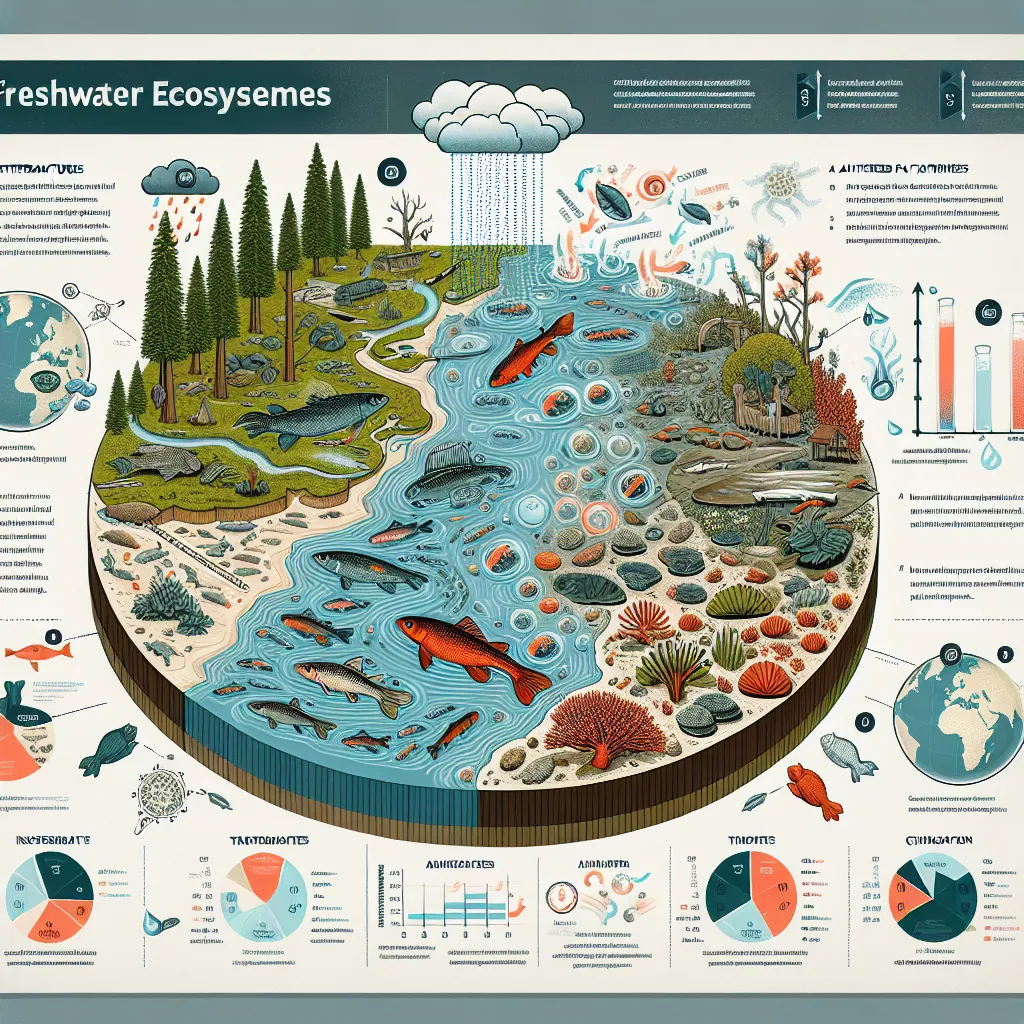The IELTS Reading section is a crucial component of the test, assessing your ability to comprehend complex texts and answer various question types. Today, we’ll focus on a highly relevant topic: “How to manage anxiety and stress in the workplace.” This subject has been increasingly prevalent in recent years, reflecting the growing awareness of mental health in professional environments. Given its current significance, there’s a strong possibility that similar themes may appear in future IELTS exams.
Nội dung bài viết
Let’s dive into a practice reading passage and questions to help you prepare for the IELTS Reading test while exploring this important topic.
Reading Passage
Mastering Workplace Stress: Strategies for a Balanced Professional Life
In today’s fast-paced corporate world, the ability to manage anxiety and stress in the workplace has become an essential skill. As the demands of modern careers intensify, employees across various sectors are experiencing unprecedented levels of pressure, leading to a surge in stress-related health issues and decreased productivity. Recognizing this growing concern, organizations and health professionals are now prioritizing strategies to create healthier, more balanced work environments.
One of the primary causes of workplace stress is the constant pressure to meet deadlines and performance targets. This relentless pursuit of goals can lead to extended working hours, reduced leisure time, and a blurring of the lines between professional and personal life. The advent of digital technology, while increasing efficiency, has also contributed to this problem by making employees accessible around the clock, further eroding work-life boundaries.
To combat these challenges, experts recommend a multi-faceted approach to stress management. Firstly, time management techniques play a crucial role. Prioritizing tasks, setting realistic goals, and learning to delegate can significantly reduce the feeling of being overwhelmed. Many professionals find that using time management apps can be particularly helpful in organizing their workload, allowing for a more structured and less stressful approach to daily tasks.
Another key strategy is the practice of mindfulness and meditation. These techniques help individuals stay present and focused, reducing anxiety about future events or past mistakes. Regular meditation has been shown to lower cortisol levels, the hormone associated with stress, leading to improved mental clarity and emotional resilience. Incorporating short meditation sessions into the workday can provide significant benefits in managing stress levels.
Physical exercise is also a powerful tool in combating workplace stress. Regular physical activity not only improves overall health but also releases endorphins, the body’s natural mood elevators. Many companies are now encouraging employees to engage in physical activities during breaks or offering gym memberships as part of their benefits package, recognizing the link between physical well-being and mental health.
Creating a supportive work environment is equally important. Open communication between employees and management can help identify and address stress factors before they become overwhelming. Implementing flexible working hours or remote work options can also contribute to a better work-life balance, allowing employees to manage their personal responsibilities more effectively.
 Workplace Stress Management
Workplace Stress Management
Additionally, developing strong social connections at work can serve as a buffer against stress. Collaborative projects, team-building activities, and social events can foster a sense of community and support among colleagues. This social support network can be invaluable in times of high stress, providing both emotional support and practical assistance.
It’s also crucial for individuals to recognize the signs of chronic stress and seek help when needed. Many organizations now offer Employee Assistance Programs (EAPs) that provide confidential counseling and support services. Encouraging the use of these resources can help employees address stress-related issues before they escalate into more serious mental health problems.
Lastly, the role of technology in managing workplace stress is evolving. While technology can contribute to stress through constant connectivity, it also offers solutions. Apps for meditation, stress tracking, and work-life balance are becoming increasingly popular. These tools can help individuals monitor their stress levels and provide personalized strategies for managing anxiety.
In conclusion, managing anxiety and stress in the workplace requires a comprehensive approach involving individual strategies, organizational support, and the thoughtful use of technology. By implementing these various techniques and fostering a culture that prioritizes mental health, both employees and organizations can create a more productive, satisfying, and balanced work environment. As the professional landscape continues to evolve, the ability to effectively manage workplace stress will undoubtedly remain a critical skill for success and well-being in the modern workplace.
Questions
True/False/Not Given
Determine if the following statements are True, False, or Not Given based on the information in the passage.
- Workplace stress has become more prevalent due to increasing job demands in recent years.
- Digital technology has exclusively positive effects on work-life balance.
- Meditation has been scientifically proven to reduce stress hormone levels.
- All companies now offer gym memberships to their employees.
- Employee Assistance Programs are mandatory in most organizations.
Multiple Choice
Choose the correct letter, A, B, C, or D.
-
According to the passage, which of the following is NOT mentioned as a cause of workplace stress?
A) Pressure to meet deadlines
B) Extended working hours
C) Constant accessibility through technology
D) Competitive workplace relationships -
The text suggests that an effective approach to managing workplace stress includes:
A) Focusing solely on individual coping mechanisms
B) Relying entirely on organizational support
C) A combination of personal strategies and organizational support
D) Avoiding all forms of technology in the workplace
Matching Headings
Match the following headings to the correct paragraphs in the passage. Write the correct number (i-vii) next to questions 8-12.
i. The Impact of Exercise on Stress Reduction
ii. Technological Solutions for Stress Management
iii. The Importance of Social Connections at Work
iv. Recognizing Stress Symptoms and Seeking Help
v. Time Management as a Stress Reduction Tool
vi. The Role of Mindfulness in Stress Management
vii. Creating a Supportive Work Environment
- Paragraph 4 __
- Paragraph 5 __
- Paragraph 6 __
- Paragraph 7 __
- Paragraph 8 __
Sentence Completion
Complete the sentences below using NO MORE THAN THREE WORDS from the passage for each answer.
- Extended working hours and reduced leisure time can lead to a blurring of the lines between __ and __ life.
- Many companies are now offering __ as part of their benefits package to promote physical well-being.
- Developing strong social connections at work can serve as a __ against stress.
Answer Key
- True
- False
- True
- Not Given
- Not Given
- D
- C
- vi
- i
- vii
- iii
- iv
- professional, personal
- gym memberships
- buffer
Explanation
- True: The passage states that “the demands of modern careers intensify, employees across various sectors are experiencing unprecedented levels of pressure.”
- False: The passage mentions that digital technology has both positive and negative effects, “while increasing efficiency, has also contributed to this problem by making employees accessible around the clock.”
- True: The text mentions that “Regular meditation has been shown to lower cortisol levels, the hormone associated with stress.”
- Not Given: While the passage mentions that some companies offer gym memberships, it doesn’t state that all companies do this.
- Not Given: The passage mentions EAPs but doesn’t state whether they are mandatory or not.
- D: The passage doesn’t mention competitive workplace relationships as a cause of stress.
- C: The text emphasizes a comprehensive approach involving both individual strategies and organizational support.
8-12: These answers are based on the main idea of each paragraph.
13-15: These answers are directly taken from the passage.
Common Mistakes
When tackling a reading passage like this, students often make the following mistakes:
- Overthinking Not Given answers: Remember, if the information isn’t explicitly stated in the text, it’s Not Given.
- Misinterpreting Multiple Choice questions: Always read all options carefully before selecting an answer.
- Overlooking key words in Sentence Completion: Pay attention to word limits and ensure your answers fit grammatically.
Vocabulary
- Fast-paced: (adjective) /fɑːst peɪst/ – moving or happening very quickly
- Unprecedented: (adjective) /ʌnˈpresɪdentɪd/ – never having happened or existed in the past
- Multi-faceted: (adjective) /ˌmʌlti’fæsɪtɪd/ – having many different aspects or features
- Mindfulness: (noun) /ˈmaɪndfəlnəs/ – the practice of being aware of your body, mind, and feelings in the present moment
- Resilience: (noun) /rɪˈzɪliəns/ – the capacity to recover quickly from difficulties; toughness
Grammar Focus
Pay attention to the use of present perfect tense in sentences like:
“Digital technology, while increasing efficiency, has also contributed to this problem”
Structure: Subject + has/have + past participle
This tense is used to describe actions that started in the past and continue to have an effect in the present.
Tips for IELTS Reading Success
- Practice active reading: Engage with the text by underlining key points and making mental notes.
- Improve your time management: Allocate your time wisely among different question types.
- Expand your vocabulary: Regularly learn new words and phrases related to common IELTS topics.
- Read diverse materials: Expose yourself to various text types and subjects to broaden your comprehension skills.
- Develop effective stress management techniques to stay calm during the actual test.
Remember, consistent practice and familiarity with different question types are key to achieving a high score in the IELTS Reading section. Keep working on your skills, and you’ll see improvement over time.


